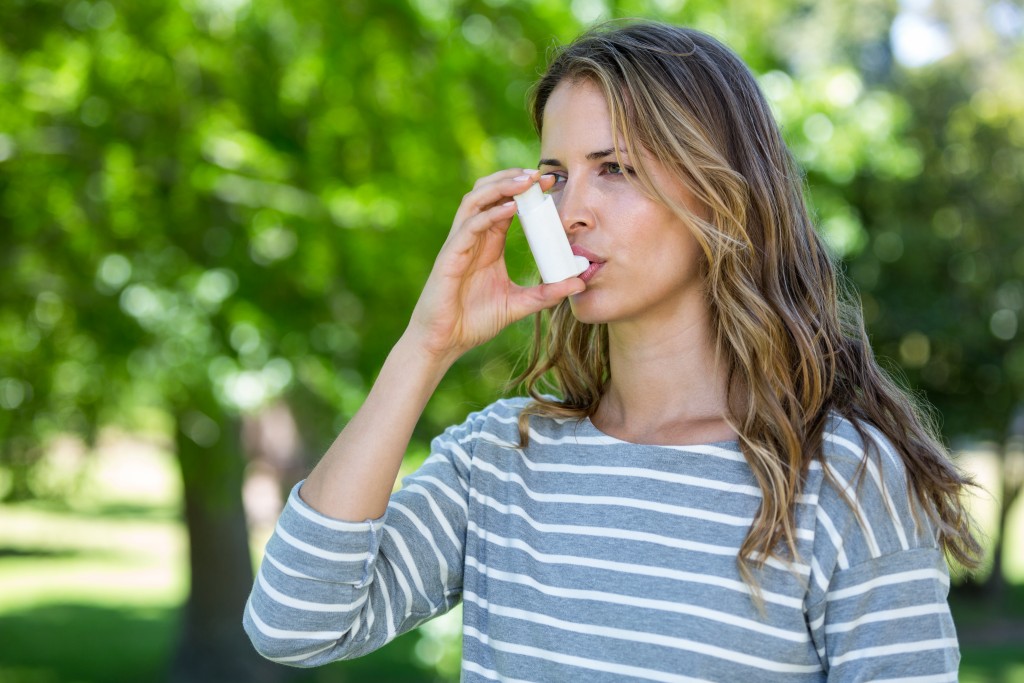Preventing asthma attacks at home has a lot to do with maintaining air quality. If a household member has asthma, here’s how you can make your home more asthma-friendly.
People with asthma know the struggle of avoiding triggers such as pollen, dust mites, and mold, lest they want to end up in an emergency room. If you or another household member has asthma, these tips can help make your home as asthma-friendly as possible:
Dust mites
Dust mites are a common trigger for asthma if in excessive amounts. It means you have to reduce dust if you want to avoid asthma flare-ups. One way to reduce dust in your home is to get air duct cleaning services in Kansas City. Air ducts that have accumulated dust will make it easier for dust mites to spread while also reducing the indoor air quality of your home.
Unfortunately, you can’t get rid of every single dust mite from the house, but you can reduce their population through the following methods:
- Avoid using thick drapes, down pillows, and duvets.
- Vacuum at least once a week.
- Get rid of carpets and rugs, if possible.
- Change your beddings at least once a week.
- Minimize the clutter in the bedroom to avoid collecting dust.
Pet allergens
Pet dander, saliva, urine, and feathers from our pets can trigger asthma. Fortunately, you don’t need to get rid of your pet to breathe comfortably. Here are some ways you can reduce pet allergens:
- Have your pet bathed and groomed regularly by someone else.
- Keep them out of your bedroom as much as possible.
- Don’t let them on couches or beds.
- If the pet lives in a cage, have someone clean it every day.
- Avoid hugging or kissing your pet.
- Wash your hands after touching your pet.
Mold
Mold grows in damp environments like bathrooms and basements. They multiply by emitting mold spores into the air, which is what can trigger an asthma flare-up. To prevent mold from growing in your home, here are some useful tips:
- Keep walls and floors as dry as possible.
- Put a dehumidifier in damp areas.
- Clean mold with bleach or get a professional to get rid of it.
- Don’t use wallpaper in your bathroom and other moist areas.
- Turn on the air conditioner.
- Inspect the basement and attic for leaks.
Other airborne triggers
Apart from the three leading causes of asthma flare-ups, other airborne irritants can trigger asthma in the home:
- Pollen
- Smoke
- Perfume
- Cleaning agents
- Aerosol sprays
Here are some tips to reduce the presence of these irritants:

- Ban smoking inside the house.
- Close the windows and doors if there’s an abundance of pollen outside.
- Avoid lighting fires in the fireplace.
- Turn on the air conditioner.
- Don’t spray too much perfume or cologne.
- Avoid using cleaners and aerosol sprays that can trigger asthma.
The triggers mentioned above won’t necessarily induce a full-on asthma attack. However, they can make an asthmatic person wheeze, cough, have trouble breathing, and cause general discomfort.
Talk to a doctor to find out what triggers your asthma and what else you can do to prevent flare-ups. Then, starting with the tips above, you can make your home as asthma-friendly as possible for you and the rest of your family.

